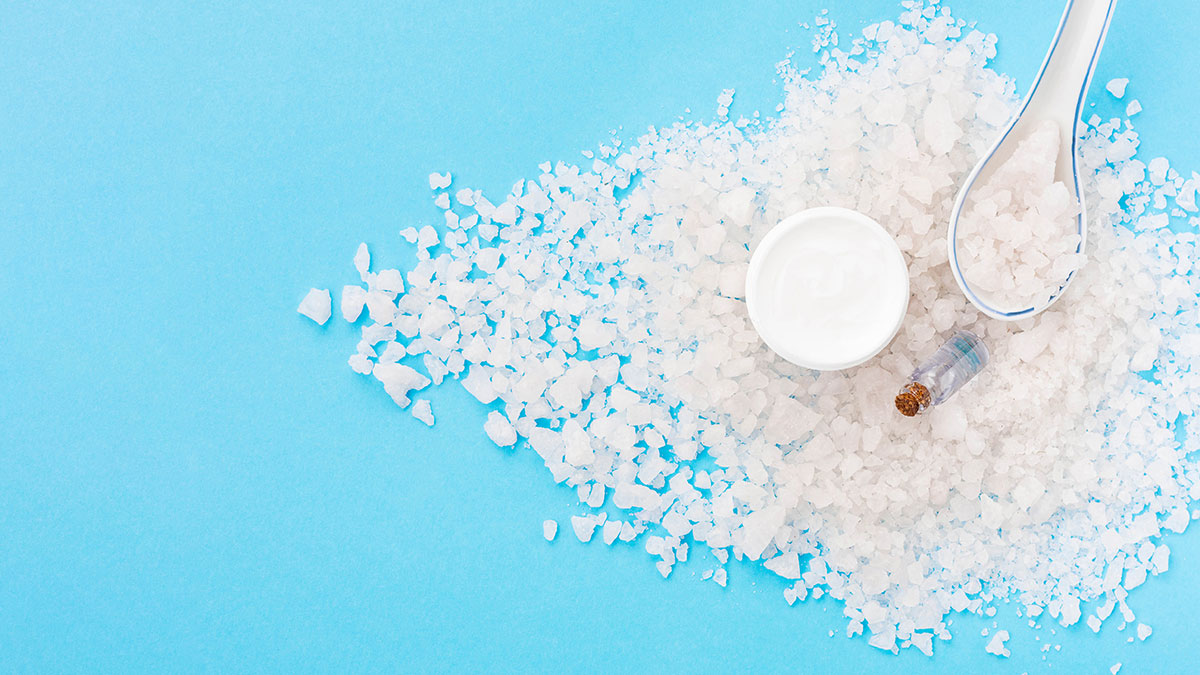The risks
So far, nothing is known about harmful effects as an additive.
Does it affect me?
Gluconic acid and gluconates may be used as an additive in foods in general and without a prescribed maximum amount. Gluconic acid is a typical acidifier for soda and other beverages. It also stabilizes colors and ingredients of canned fruits and vegetables. In dairies and breweries, gluconic acid is used to clean the pipes to prevent deposits. Glucono delta-lactone (E575) regulates the acidity in baking soda and is also found in Wiener, Cervelat and other raw sausages, canned fish, seafood as well as processed vegetables and fresh pasta. Sodium gluconate (E576) and potassium gluconate (E577) improve the effectiveness of gelling agents in desserts. Calcium gluconate (E578) acidifies, preserves or fortifies special dietary foods with calcium. Ferrous gluconate (E579) and Ferrous lactate (E585) may only be used for coloring olives up to 150 milligrams per kilogram.
What is it anyway?
Wine or honey naturally contain gluconic acid, but biotechnological production is common in the food industry, in which glucose is converted into gluconic acid with the help of molds or by using their enzymes. Genetically modified corn is often used as a starting product. This is not stated on the label. If the gluconic acid is evaporated, E575 is formed. Gluconates (E576 to E578) are chemical compounds of sodium, potassium or calcium and gluconic acid. E579 and E585 are compounds in which iron is chemically linked to gluconic acid and lactic acid (E270), respectively.
Article Form: https://food-detektiv.de/en/additives/?enummer=Calcium%20gluconate


